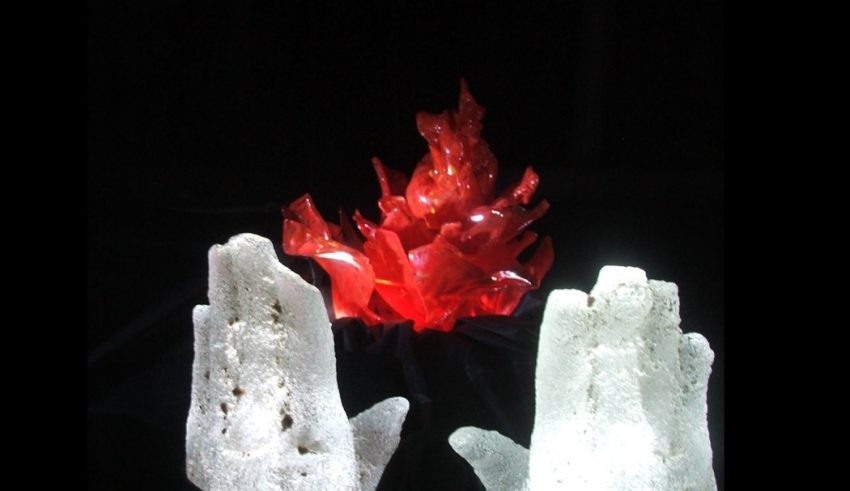
It is important to distinguish between the remnants in an organization and those members of the organization who are recalcitrant (though remnants can become recalcitrant if they are consistently ignored). One of the best representations of the remnants and important role they play in an organization has been offered by Gregory Bateson (1979). He wrote about whales and femurs (the fin located on the upper side of the whale). The femur is of no practical contemporary use to whales, yet it remains intact. Bateson notes that at one point, the oceans of our world were much more turbulent than they are today. The femur served as a stabilizer in this turbulent aquatic world. While evolution could have gradually removed the femur, it instead reduced in size this structure of the whale’s anatomy—but retained its structural integrity. The ocean might once again become turbulent. The femur could once again be of value. As Bateson and many other observers of Mother Nature have noted, she seems to be quite conservative and hates to throw something away if it might once again be of value.
A similar case can be made for the value inherent in an organization’s remnant—those members of the organization who were around in the “good old days” and who can share stories about and argue on behalf of these values. I was consulting several years ago with a bank in the United States that had “lost its way” and was floundering (losing customers and finding that its new ventures were not working out). My work with this bank included helping it re-discover its founding values. Members of the banking staff who had been with the bank during its founding or soon after its founding talked about what worked in terms of the distinct services it provided and the customers it best served.
While the banking world has changed considerable since this institution was founded, the wisdom and insights offered by these remnant members of the bank became important. They offered stories and lessoned learned upon which all members of the organization could reflect. I encouraged leaders of this bank to become active and appreciative listeners (Bergquist and Mura, 2011), rather than tossing aside the “old” stories or listen patiently (but inattentively) to these stories being told yet again. What can be extracted from these stories that is still applicable and that can help drive the bank into its future? It is critical that an lingering image of our organization be sustained and reasserted—for without this image the bank will have no future (Polak, 1973). The remnant can provide continuity in the midst of change. As Bateson (and Mother Nature) would suggest, the organizational “water” has once again become turbulent, and the femur/remnant is once again of value as a stabilizing agency.









